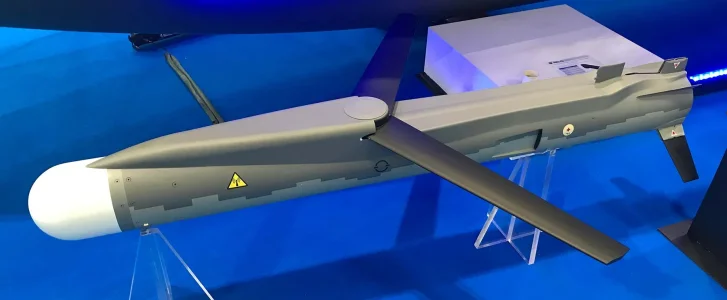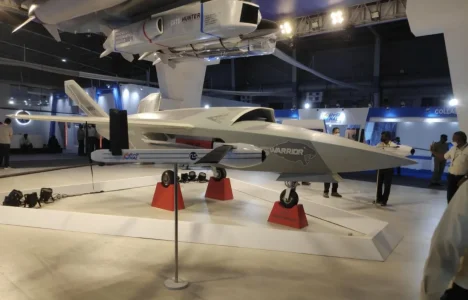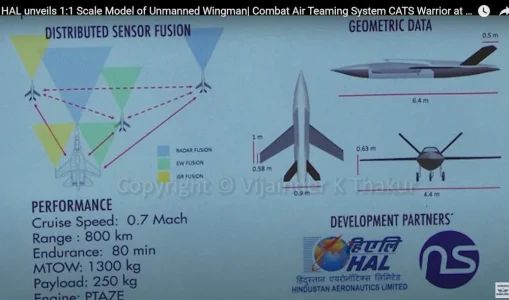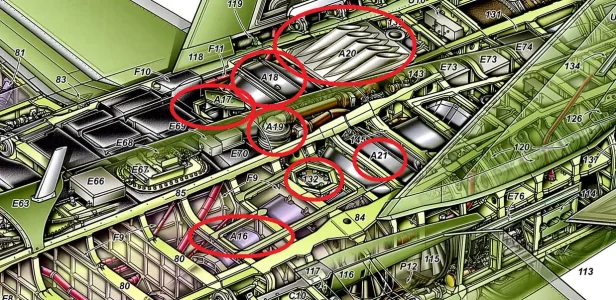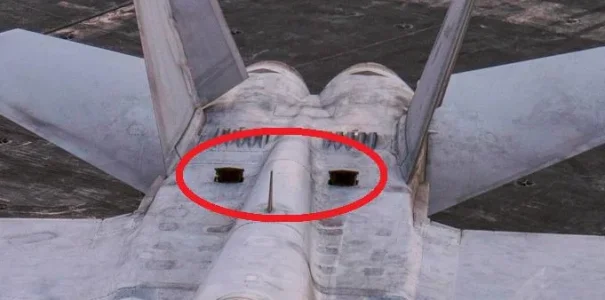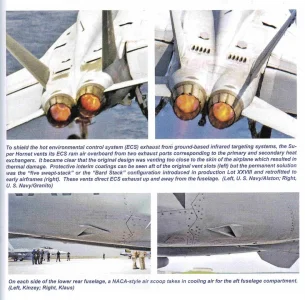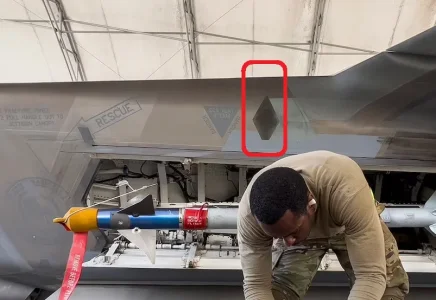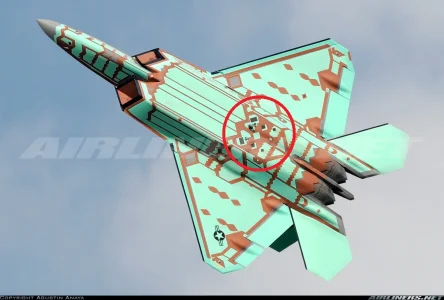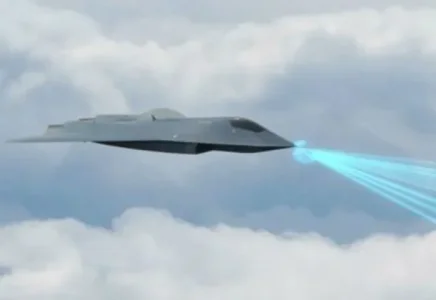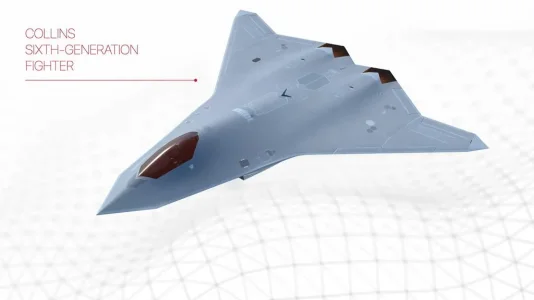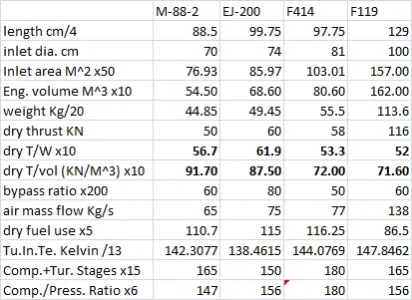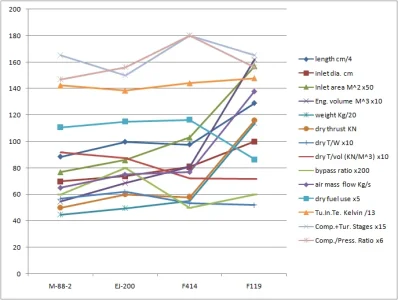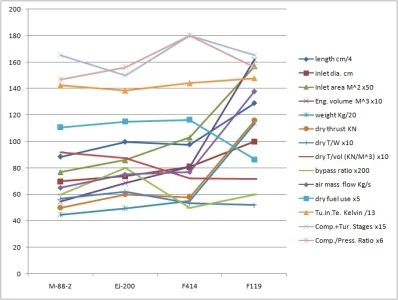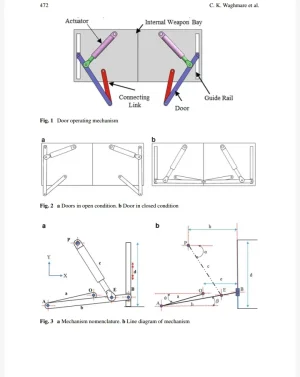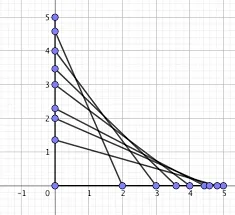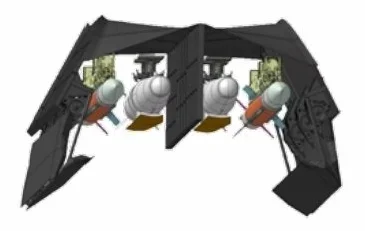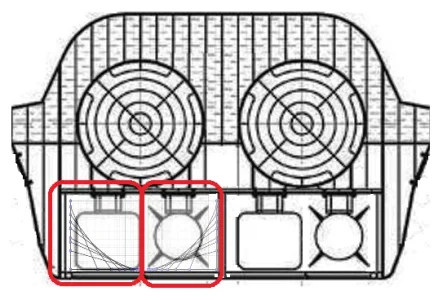Future 6th generation aircraft after AMCA.
After the AMCA's development, ADA would have gained the necessary/required expertise to work on a 6th generation aircraft.
It's possible that ADA is working on developing 6th generation aircraft technology right now in parallel with the AMCA, and this makes sense.
One of my college senior worked on LCA project in 2000s. He said that just like there was a tail-less delta wing concept of MCA, similarly there was of HCA too. The following image on internet then was of MCA:
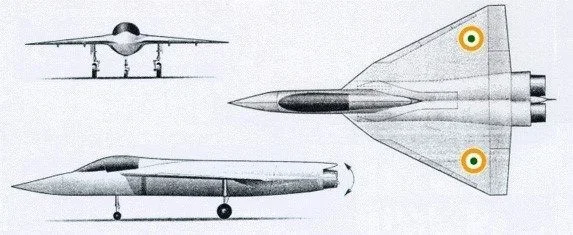
But engine problem, lack of funding & internal disagreements were there. some techies in there said to use Su-30's engine, others criticized stating its poor quality compared to western engines. These are internal things which come out unofficially if we know someone inside, but may not be acknowledged officially.
As time passes, technology also progresses and our regional rival China is already actively working on developing it's own 6th generation aircraft after the J-20 and to counter it, we will need our own domestic 6th generation jet.
The Su-30MKIs will remain the IAF's back-bone for up till the 2040s with the Super Sukhoi Upgrade.
After that what will replace Su-30MKI? I think India should make an AHCA on the expertise gained in the development of the AMCA.
Correct. Either by GTRE, JV or import we must get a heavy class engine to support AHCA or we are going to see HRCA/HRFA tenders by 2040.
For the record F-22 was inducted in 2005 but if we see a brief timeline:
Jan 26, 1973 1st formal ATF requirements document issued
may 21, 1981 formal request for info issued to 9 companies
Nov 28, 1981 approval given to ATF program
Oct 31, 1986 construction begins of YF-22
Aug 29, 1990 rollout of 1st YF-22 prototype & its flight
Sep 7, 1997 1st flight of 4001 spirit of Americe, 1st Raptor
Nov 15, 2000 4004, 1st flight of avionics test bed a/c
jan 5, 2001 4005, 1st combat capable F-22
Sep 29, 2003 1st F-22 delivered to 43 FS, Tyndall AFB
Dec 15, 2005 IOC declared
One person might say that it took 30 years from requirement document to 1st IOC jet.
Another person might say something else.
But today in era of advanced manufacting & materials compared to 1970s & 80s it doesn't have to take 30 years. But the requirement started unofficially since days of LCA & gained momentum when Su30K were inducted in Lohegaon AFB, Pune.
AHCA should be a 5.5+/6th generation heavy weight aircraft in the future.
AMCA Mk-1 and AMCA Mk-2 will be fifth generation aircraft in medium weight category. But a 6th generation aircraft cannot be in the medium weight as the level of sophistication in a future 6th-gen plane.
USA leads the R&D & it doesn't care if world agrees to version/generation #. Others can have their own interpretation, if they can manufacture or not. Same thing with MS Windiws 11, Apple iPhone 15 Pro, Samsung Galxy S-24 Ultra, Intel 13/14 gen Core i9, AMD Zen-5 Ryzen 9000, etc.
A Fighter jet gen leap occurs when as per new advancements a possible requirement is put up for which any current airframe won't suffice, simple.
5th gen's 1st priority prime feature are stealth & sensor fusion.
NOTE - I know F-35 is criticized due to lack of persistent supercruise, low agility, stealth coatings issues, less internal payload, etc but we sould not forget that it is a JSF for export hence it is intentional blunder, unlike F-22 ATF with export ban to closest allies also. Some issues will be ixed like supercruise with new ECU (Engine Core Upgrade). NGAD, F/A-XX, GCAP, FCAS will also most likely have export bans.
So 1 domestic product (F-22) qualified well,
another export product (F-35) failed,
but that doesn't change pace of technology evolution, standards.
The thrust requirement, the power requirements to run the on-board computers, processors and other electronics of a 6th generation aircraft simply won't be possible to implement on a medium weight body, so size will have to increase no matter what. Even NGAD will be in heavy weight category.
From online sources that I have managed to gather:
F-22 being a heavy weight 5th generation fighter has an empty weight of around 19.7 tons.
NGAD is supposed to weigh upwards of 22 tons or more.
NOTE: I cannot give a precise estimate as there isn't actually much information about the NGAD's projected specifications. I am only basing this number on an infographic I saw online.
As per USA's notional depiction & R&D, i estimate everything will be minimum 30-40% more.
Everything means - airframe size/volume,weight/range/MTOW, engine parameters, payload, weapons range, computing power, electricity.
Eventually a single-engine version will be made, that's natural evolution, which will be more in everything than F-35.
Yeah whatever the components they say of 6th gen can be equipped with/on 5g.
Laser weapons, wing mans actually 6th gen would way ahead that we can imagine. Usa/china would be the trend setter
A laser pod can be put on 4th gen jet, helicopter, ground vehicle. it won't make F-16 as 5.5 gen.
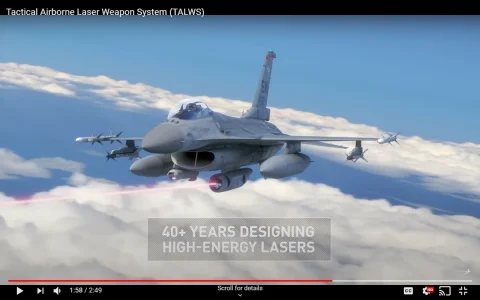
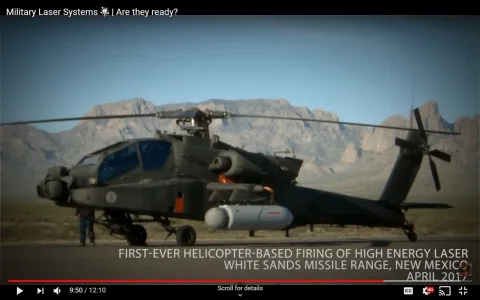
Whatever characteristics 6G fighters may have, they are going to be mighty expensive. They will only be bought by countries with large defence budgets, so are unlikely to be made in large numbers boosted by exports.
For pure capitalist western nations everything is expensive, not for communist & socialist mixed economies. In beginnng everything is expensive, decade after decade, prices normalize.
That will leave a lot of air forces considering buying 5G when their 4G fighters are reaching the end of the road. IMO India could get a slice of that market with AMCA if ownership costs (including Indian missiles) were considerably lower than F-35.
Yes it is possible to counter export versions of J-31/35, Kaan, KF-21 Boramae, but we are already behind by 5-10 years. So majority of market will already be eaten by the time an AMCA-Ex appears, unless any nation wants to put in their money in AMCA funding.
6G fighters, by the sound of it, will need an engine whose technology is way beyond India's capability for the foreseeable future. Any engine developed for AMCA will not be suitable for a heavy 6G fighter.
As workaround we will develop AHCA with 4 engines
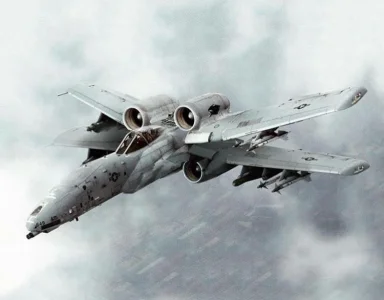

:kyle::stan:















Well, I hope you all enjoyed some LOL moment.
It takes time for a new generation of humans to educate, get experience, do R&D & produce something. If ISRO can flourish then we can expect our scientists & engineers with MTech. & PhD degrees to develop variable cycle engine, although quite late, may be in 40-50 years from now in 2060s-70s when i will be dead most probably





, but they will, it is natural & inevitable.

